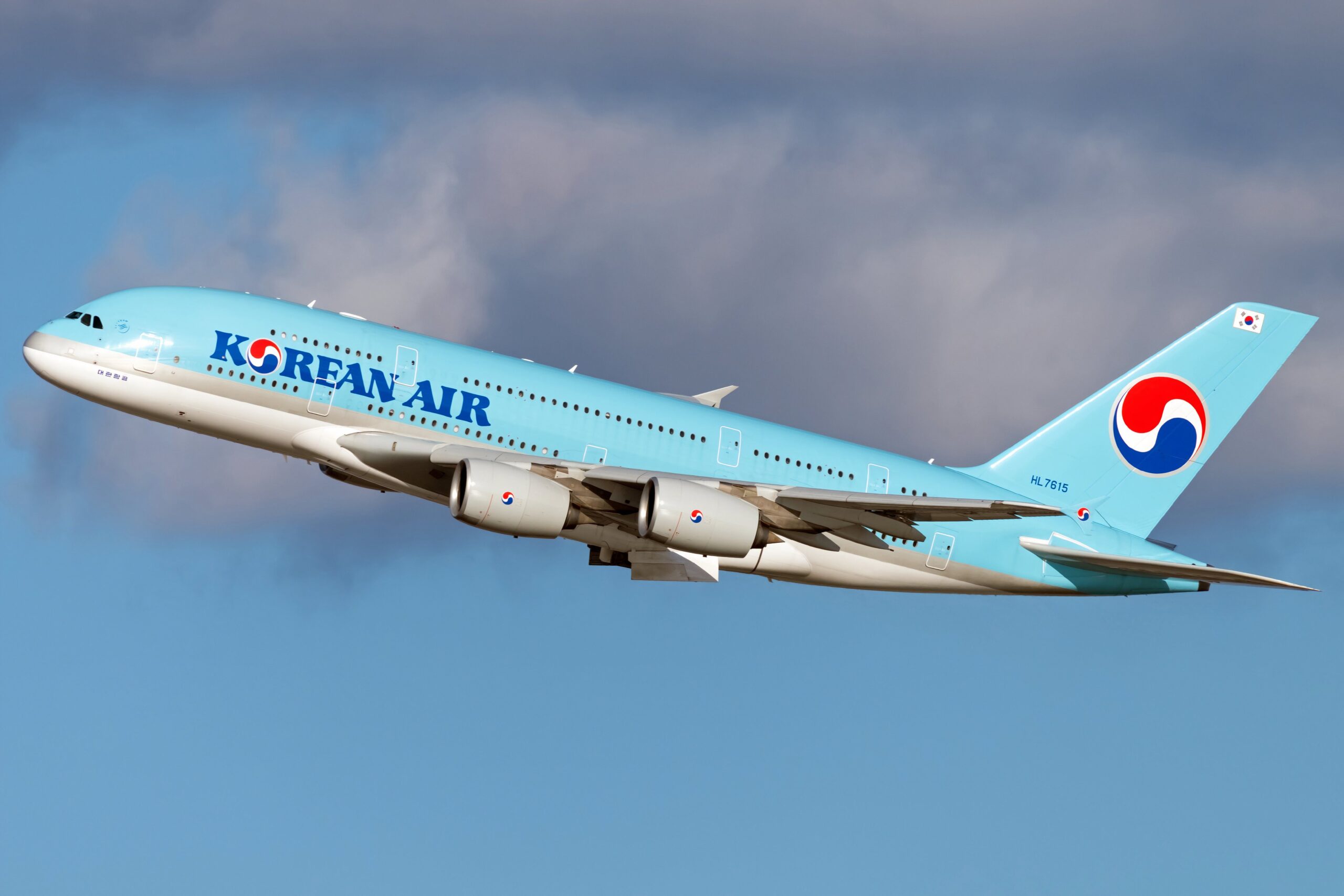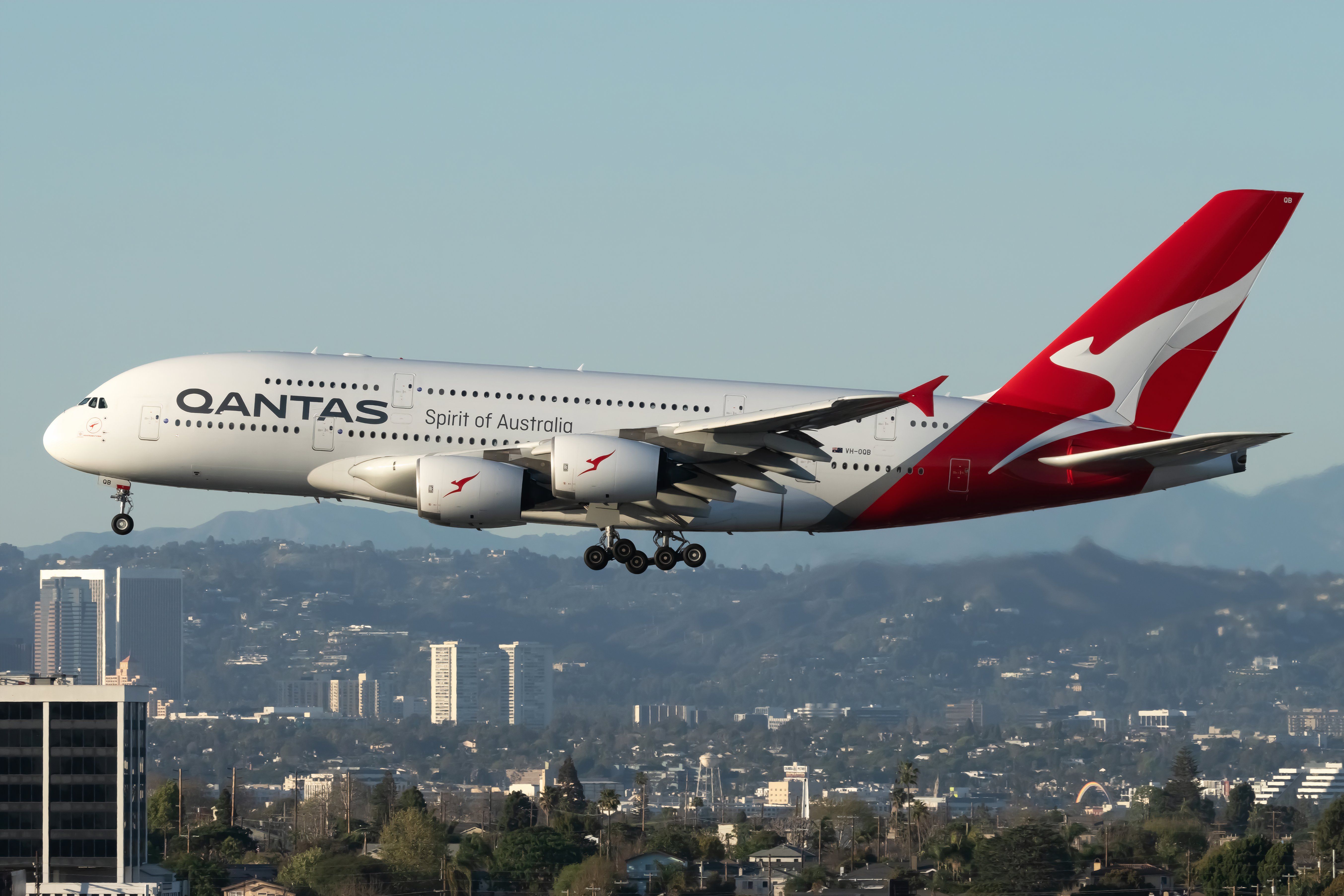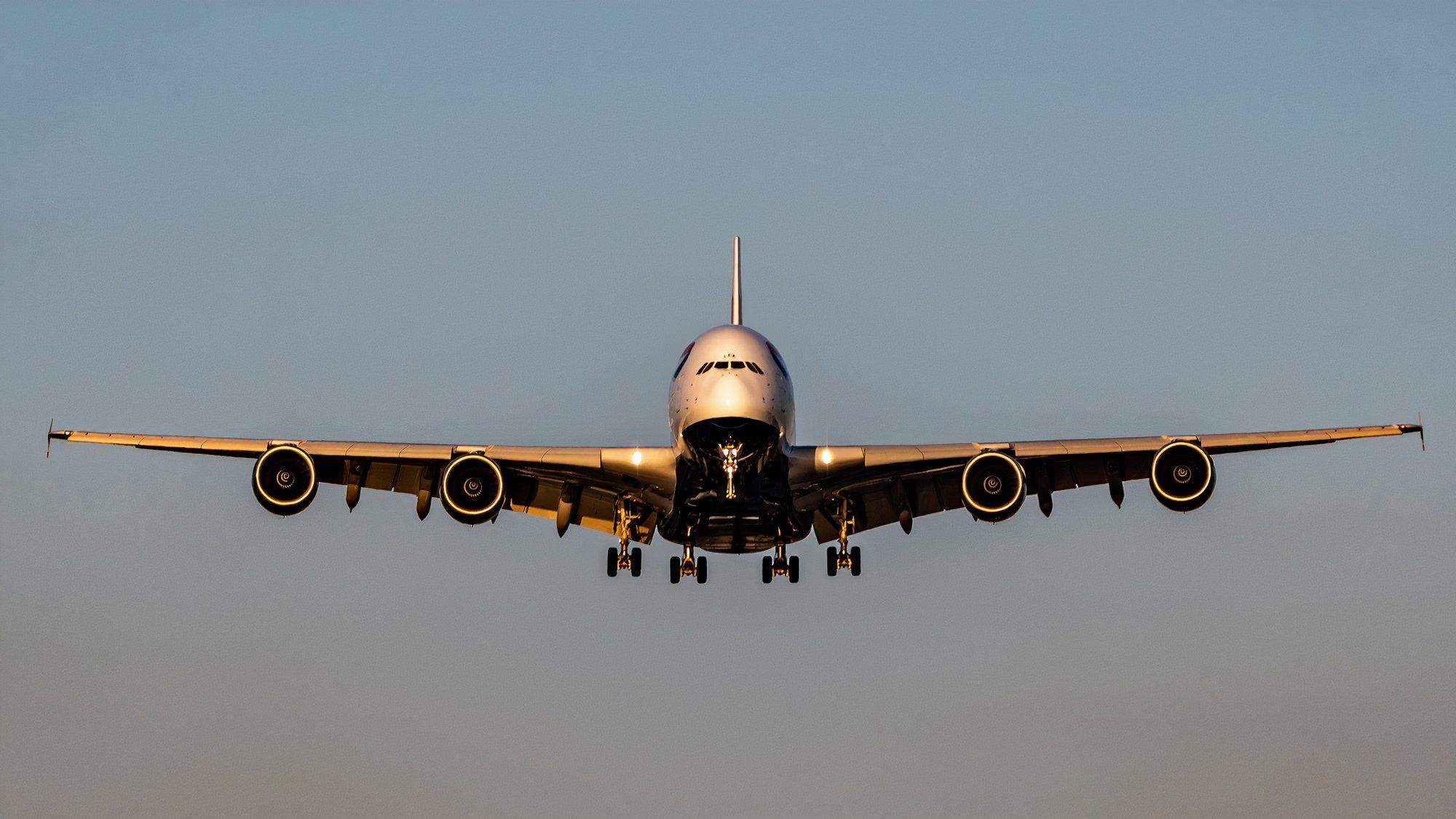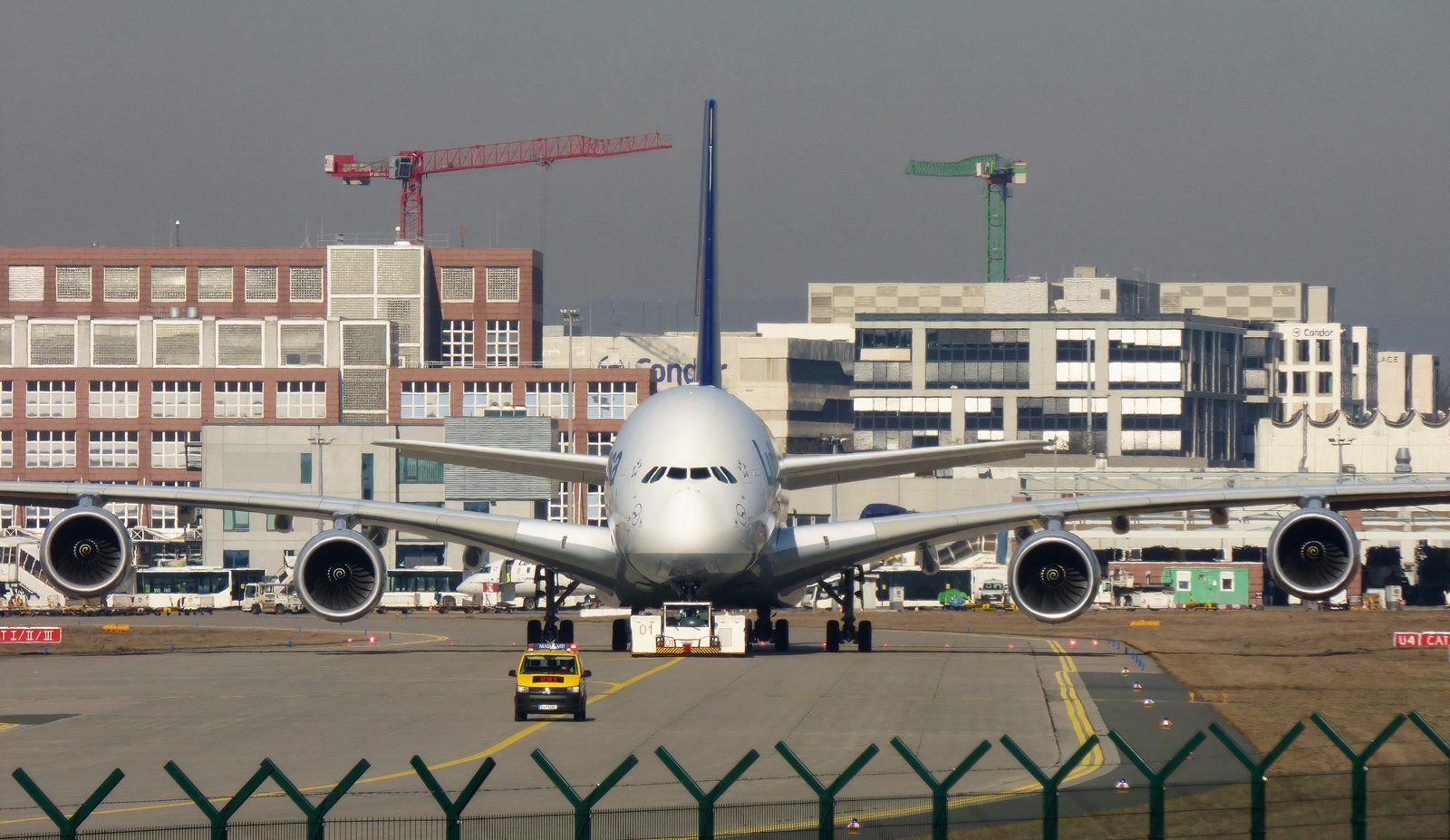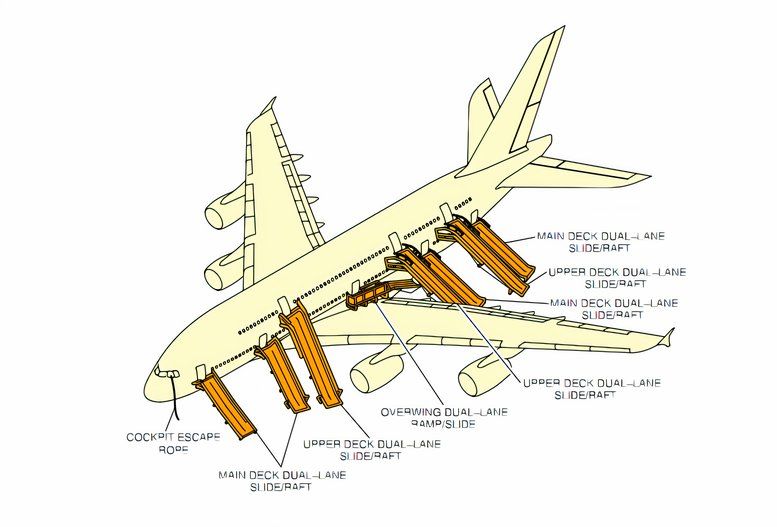Summary
- The largest passenger aircraft, the Airbus A380, was successfully evacuated in under 90 seconds during testing.
- The A380 has 16 exits equipped with dual-lane evacuation slides that provide egress for passengers on both decks.
- Airbus used innovative designs for emergency slides to ensure the quick evacuation of over 850 passengers.
Safety is one of the top priorities in air travel, particularly today. When a new aircraft is designed, an emergency evacuation test is one of the most important final tests performed. The European Aviation Safety Agency (EASA) and the US Federal Aviation Administration (FAA) require all passenger aircraft, regardless of size, to be evacuated completely within 90 seconds.
Although the Airbus A380 features modern technology that provides passengers with a reliable, comfortable travel experience, the aircraft’s enormous size raised serious concerns about the possibility of effective emergency evacuations. With such a physically large area and a passenger count more than twice that of most widebody aircraft, Airbus faced a problem: How could they evacuate the entire airplane in less than two minutes?
After a series of innovative designs for the emergency slides at the aircraft’s 16 exits, Airbus successfully performed a test evacuation of the A380 in 2006. The entire aircraft was emptied of passengers in 72 seconds—12 seconds less than the requirement.
Photo: Vincenzo Pace | Simple Flying
“The King” Airbus A380
The A380 is the largest passenger aircraft in the world. With a length of 239 feet (72.7 m) and a height of 79 feet (24.1 m), the airplane towers over other aircraft on the taxiway.
The usable floor area in the A380 is 50% higher than in the 747-400. According to Airbus, the A380’s passenger decks have a total area of 5,920 sq. feet (550 sq. m), or the equivalent of three tennis courts. The volume of the three decks, including the cargo/baggage hold, is 55,444 cubic feet (1,570 cubic meters), which is enough space to hold 35 million ping-pong balls.
The A380 seats over 450 passengers on an average flight, although the aircraft is certified to carry 853 passengers. The airliner is the only one to feature two full passenger decks, the upper of which sits unprecedentedly high above the ground. The large passenger count and full double-decker seating configuration require each A380 flight to have around 20 crew members.
Photo: Joe Kunzler | Simple Flying
Not only does the sheer number of passengers onboard make evacuation more difficult, but the aircraft’s configuration contributes to the issue. The A380’s two decks are connected by staircases located at the front and back of the cabin. In the event of an emergency, nothing would prevent passengers from moving between decks, possibly disrupting the evacuation flow.
Further, the A380’s top deck sits higher than any other passenger aircraft. In an emergency evacuation, passengers would be forced to exit through a door uncomfortably high above the ground. Even the slightest additional hesitation by a passenger could add critical seconds to the 90-second mark.
Photo: Jake Hardiman | Simple Flying
The A380 exit configuration
EASA and FAA regulations allow a passenger seating configuration of 110 seats for each pair of Type A exits. This exit type is the only one featured on the A380, which has 16. Per the FAA, a Type A exit is floor level with a rectangular opening at least 42 inches wide by 72 inches high, with corner radii no larger than 7 inches.
The A380 has 16 emergency exits with evacuation slides. Each of these slides is dual lane, providing for faster passenger egress.
The main deck has emergency exits at passenger/crew doors on each side, totaling eight exits. This deck also features two overwing emergency exits.
- M1L & M1R: Frontmost passenger/crew door at either side of the aircraft; has slide-raft.
- M2L & M2R: Passenger crew door before wing at either side of the aircraft.; has slide-raft.
- M3L & M3R: Emergency overwing exit on either side of the aircraft; has ramp/slide but no raft.
- M4L & M4R: Passenger/crew door behind wing at either side of the aircraft; has slide-raft.
- M5L & M5R: Passenger/crew door at rear of the aircraft on either side; has slide-raft.
The aircraft’s upper deck has exits at passenger/crew doors on each side, for a total of six exits. All are equipped with slide-rafts:
- U1L & U1R: Frontmost upper-deck passenger/crew door at either side of the aircraft; has slide-raft.
- U2L & U2R: Passenger/crew door after the wing at either side of the aircraft; has slide-raft.
- U3L & U3R: Passenger/crew door at rear of the aircraft on either side; has slide-raft.
Emergency protocols require that evacuation slides be inflated in six seconds or less. Most aircraft use a combination of compressed gas and funnels to accomplish this. For the A380s, however, this proved to be a challenge. Not only did the new slides’ size require additional force to inflate, but the upper deck slides needed to rapidly reach the ground nearly three stories below.
Airbus solved the problem by developing a rocket-powered disperser whose exhaust is funneled into the slide to boost inflation speed. This new design enables the A380’s evacuation slides to fill completely in just four seconds in certain conditions.
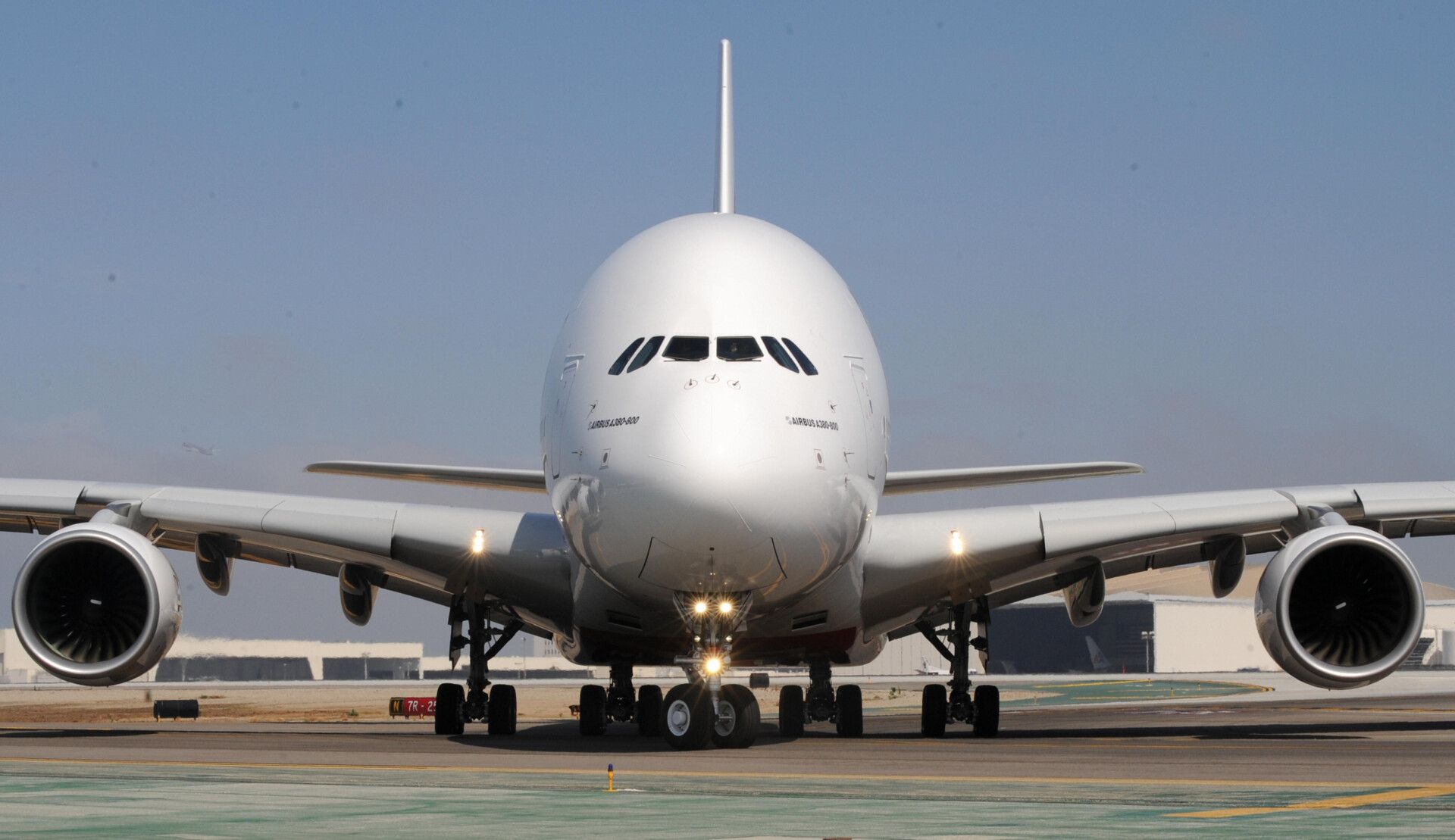
Related
How The Airbus A380’s Slides Are Able To Inflate In Just 6 Seconds
One of the issues Airbus worried about when planning the upper-deck evacuation slides was passengers’ fear of heights. It’s understandable to predict that many people will be daunted when faced with the prospect of jumping from nearly the height of a third-story building (25.8 ft/7.87 m).
To combat and mitigate this issue, Airbus developed an innovative slide design. Per Flight Safety, each of the A380 upper-deck slides has integral blinder walls and a curved ramp, reducing passengers’ sensation of height. Further, the slides are designed so a person’s maximum velocity arriving at the ground is no greater than that of someone using a current single-deck aircraft slide.
How does it perform?
Before Airbus could release its A380s into the skies, it had to be sure the newly designed emergency exit system would perform well enough. To meet the 90-second deadline, it decided to treat the aircraft’s two decks as individual, conventional aircraft cabins; that is, if it simply tried to evacuate “two” airplanes at the same time, it could evacuate the entire A380 in time.
The EASA and FAA were concerned that this strategy would not be sufficient. Questions were raised over the influence of specific crew members on passengers and the possibility of passengers rushing to use the staircases to access a different deck in a real-life scenario. Regardless of the concerns, Airbus was confident their system would perform successfully.
Kieran Daly, a journalist for FlightGlobal, shares his experience participating in Airbus’s full-scale evacuation test in 2006 in Germany. According to his account, “passengers” boarded the A380 in a dark hangar. They were seated and given a safety briefing as if on a real flight.
After about an hour of boarding, the “emergency” occurred. Airbus and the EASA had chosen to test only one side of the A380’s emergency slide systems (the right side), so passengers were forced to find the nearest starboard exit in the dim emergency lighting.
To everyone’s excitement and to some surprise, the entire A380 (853 passengers and 18 crew) was evacuated in 78 seconds. The upper deck was evacuated in the same amount of time as the main deck, and evacuees seemed to show no hesitation about jumping onto the slide from height.
|
Door Designation (right side) |
Elapsed Evacuation Time (seconds) |
Rate (evacuees per second) |
Total Evaucuees |
|---|---|---|---|
|
M1 |
72 |
1.5 |
108 |
|
M2 |
71 |
1.4 |
101 |
|
M3 (overwing) |
78 |
1.4 |
109 |
|
M4 |
77 |
1.8 |
139 |
|
M5 |
75 |
1.3 |
94 |
|
U1 |
74 |
1.4 |
102 |
|
U2 |
75 |
1.3 |
98 |
|
U3 |
78 |
1.6 |
122 |
A similar account of flight attendant safety training by Emirates (the world’s largest A380 operator) provides additional details about the aircraft’s emergency exits and slides. Per Gizmodo, passengers are instructed to sit at the top of each slide with their legs forward and arms straight out “like a zombie.” Cambell Simpson, who participated in the training, shared his experience.
“You’re actually instructed not to touch the slide at all, if at all possible. Not even the sides, to steady yourself if you’re falling off-centre. The rubberised, coated canvas will give you some serious carpet burns within seconds. Basically all you can do is sit down, stick your arms out and hope for the best. But it works.”
Although the A380 has not had to use its emergency slides in a real emergency, the slides have been deployed outside of testing simulations.
On December 19, 2022, an Emirate A380 arrived at Manchester (MAN) after a redeye from Dubai (DXB). While at the gate, the emergency slide connected to the forward left upper deck door deployed (Exit U1L).
This happened despite the jet bridge being pulled up to this door. The deployment was likely accidental and human error, and the aircraft was taken in for inspection and repairs following the incident.
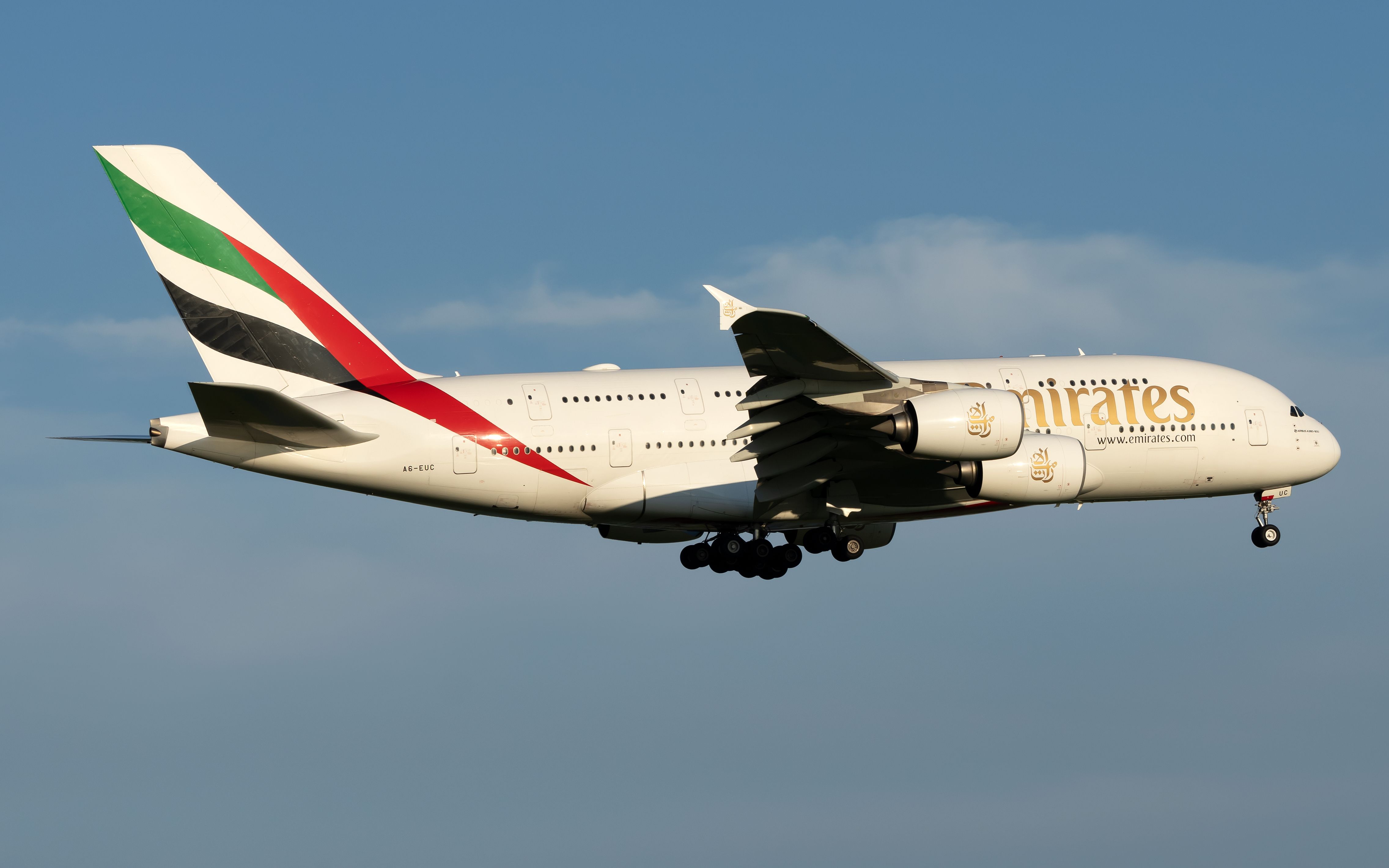
Related
Emirates Airbus A380 Slide Inflates With Jet Bridge Attached In Manchester
An Emirates A380 had a slide deploy while at the gate, potentially damaging the aircraft.

